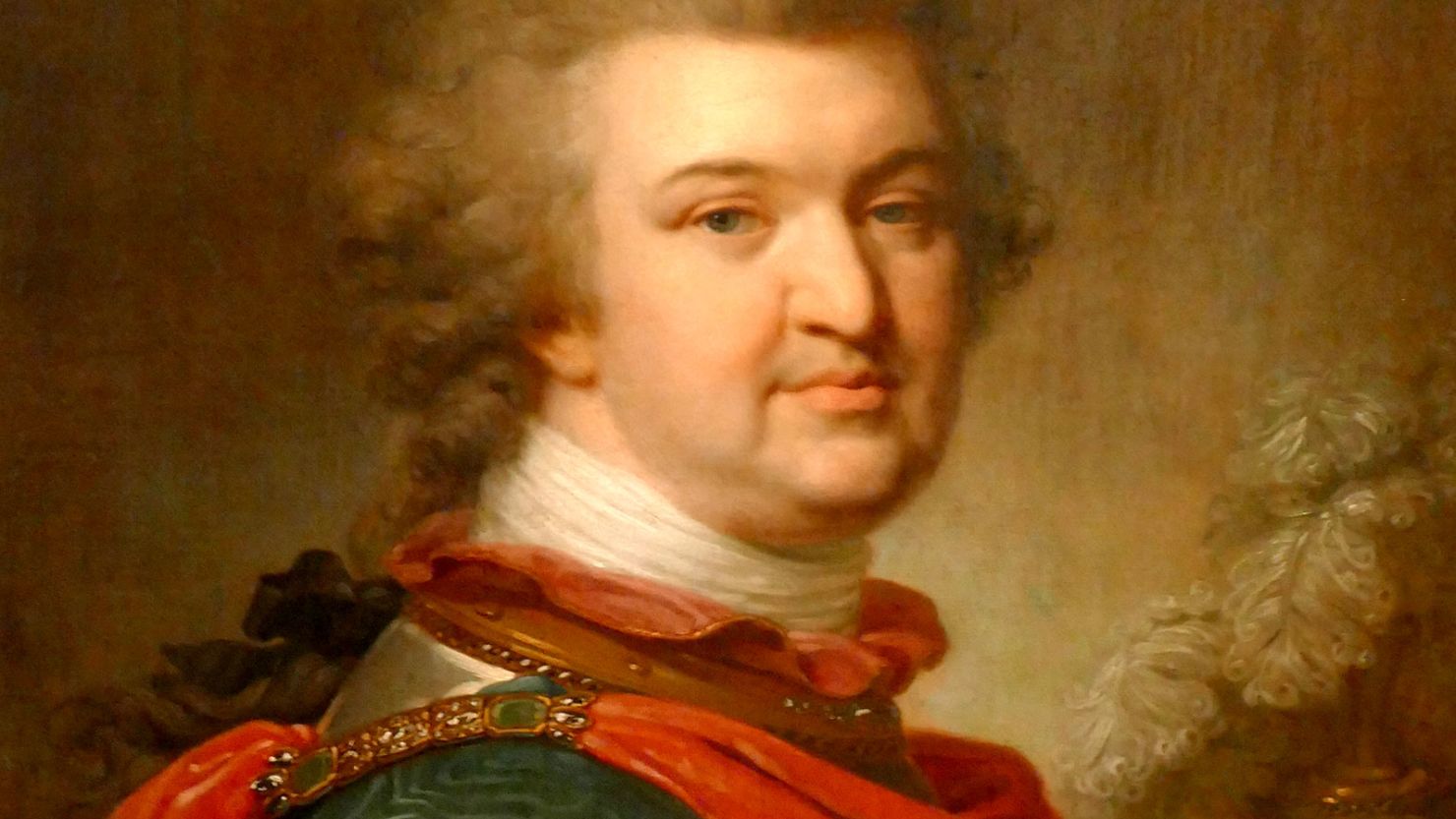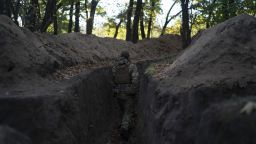Pro-Russian officials say they have removed the bones of famed 18th century Russian commander Grigory Potemkin from the occupied Ukrainian city of Kherson.
Potemkin’s bones were taken from St. Catherine’s Cathedral and moved across the Dnipro River and further into Russian-held territory, along with a statue of the military leader, the region’s pro-Russian proxy governor Vladimir Saldo told Crimean TV.
“We have moved the remains of His Serene Highness Prince Potemkin from St. Catherine’s Church and the monument itself to the left [east] bank,” Saldo said, according to Russian state news agency RIA Novosti.
Potemkin played a critical role in the annexation of Crimea from the Turks in 1783, and his memory is central to those within Russia intent on restoring the country’s former imperial reach. Putin largely leaned on his legacy for justifying the annexation of Crimea in 2014.
Monuments to naval commander Fyodor Ushakov and commanders Alexander Suvorov and Vasily Margelov were also removed from the church and taken to an undisclosed location, Saldo said. The relics will be returned when the city is safer, he added.
Prince Grigory Potemkin was a Russian 18th-century statesman, army general, a favorite and adviser to Empress Catherine the Great. His name has come up a few times in the Kremlin since Russia’s invasion of Ukraine. Most recently, in his speech at the ceremony for annexing new territories, Putin mentioned Potemkin as one of the founders of new towns in the Eastern part of Ukraine referring to the territory as Novorossiya which stands for “New Russia.”
Potemkin is believed to be behind the plan for the conquest of Crimea which was first annexed by Russia in 1783 as a result of a peace agreement with the Ottoman Empire. He was subsequently awarded the rank of field marshal and founded the city of Sevastopol in Crimea, making it the main Russian naval base on the Black Sea. Potemkin’s newly built Black Sea fleet played an important role in Russia’s success in the second Turkish war of 1768-1774.
In Russia, Potemkin’s name is most commonly associated with “Potemkin villages,” a term used to define cover-up facades designed specifically to hide an unsightly truth and create a false appearance of well-being. The phraseology goes back to a disproved historical myth of him arranging ostentatious decorations, such as allegedly putting up cardboard villages with painted ships and cannons, to impress Catherine the Great and her foreign companions during a trip to Crimea following its annexation.
Attempts to retake Kherson
The move to remove his remains were made as Ukrainian forces bear down on the city of Kherson, following a series of successful counter-offensives in the surrounding region.
The situation in the city is “tense” with Russia stationing “a large number of Russian soldiers” there, a city official told Ukrainian TV on Friday.
“People in the occupied territories with whom I communicate say that there are more Russian soldiers on the city streets than the local residents,” Halyna Luhova, a member of Kherson’s city council, said.
The UK’s Ministry of Defence said in its daily intelligence update on Friday said it was “likely” that “mobilized reservists” had been sent to reinforce Russian troops in the regional capital and west bank.
Over the past two weeks, Kherson’s Kremlin-backed administration has broadcast dire messages about an impending Ukrainian attempt to retake the city, and ferried thousands of residents across the Dnipro River, deeper into Russian-held territory. Ukraine has accused Russia of generating “hysteria” to compel residents to leave.
Moscow has also begun to reduce the footprint of its occupation in Kherson. Ukrainian officials say the Russians are moving injured people, administrative services and financial institutions out of the city, while sending in more troops to fortify their positions.
Museums and other cultural organizations in Ukraine have been battling to save the country’s artefacts and relics since Russia invaded in February.
In May, Ukrainian President Volodymyr Zelensky said Russian forces have destroyed hundreds of culturally significant sites.
CNN’s Jo Shelley contributed reporting

